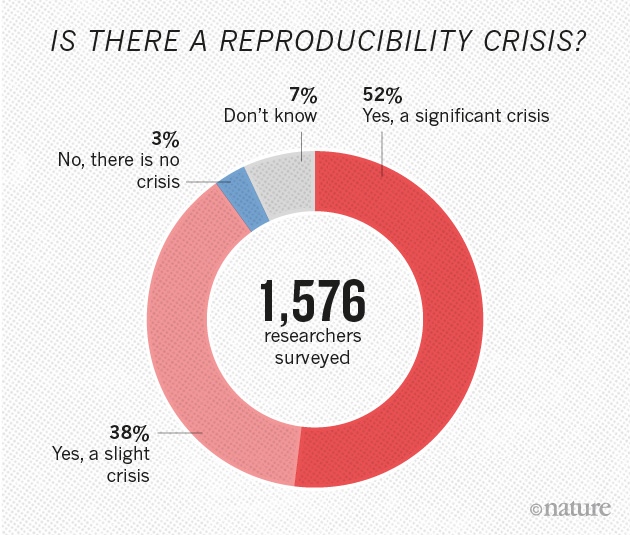World War Two
Published 3 Nov 2020Hitler and German High Command had expected the invasion of the Soviet Union to be an easy victory and for the Red Army to quickly collapse. Yet here we are, with millions of Soviet soldiers captured, wounded or killed and the Red Army still holding fast.
Join us on Patreon: https://www.patreon.com/TimeGhostHistory
Or join The TimeGhost Army directly at: https://timeghost.tvFollow WW2 day by day on Instagram @ww2_day_by_day – https://www.instagram.com/ww2_day_by_day
Between 2 Wars: https://www.youtube.com/playlist?list…
Source list: http://bit.ly/WW2sourcesHosted by: Indy Neidell
Written by: Francis van Berkel, Ian Irungu, Shaun Harrison, Dennis Stepanov
Director: Astrid Deinhard
Producers: Astrid Deinhard and Spartacus Olsson
Executive Producers: Astrid Deinhard, Indy Neidell, Spartacus Olsson, Bodo Rittenauer
Creative Producer: Maria Kyhle
Post-Production Director: Wieke Kapteijns
Research by: Francis van Berkel, Ian Irungu, Shaun Harrison, Dennis Stepanov
Edited by: Karolina Dołęga
Sound design: Marek KamińskiColorizations by:
– Klimbim
– Norman Stewart – https://oldtimesincolor.blogspot.com/
– Julius Jääskeläinen – https://www.facebook.com/JJcolorization/
– Carlos Ortega Pereira, BlauColorizations – https://www.instagram.com/blaucolorizationsVisual Sources:
– Mil.ru
– ANRM, Fototeca, 24945
– Map from December 1941 provided with GNU Free Documentation License by WikimediaArchive by Screenocean/Reuters https://www.screenocean.com.
A TimeGhost chronological documentary produced by OnLion Entertainment GmbH.
November 4, 2020
How Mighty is the Red Army? – WW2 Special
The replication crisis in all fields is worse than you imagine
It may sound like a trivial issue, but it absolutely is not: scientific studies that can’t be replicated are worthless, yet our lives are often impacted by these failed studies, especially when politicans are guided by junk science results:
More than 70% of researchers have tried and failed to reproduce another scientist’s experiments, and more than half have failed to reproduce their own experiments. Those are some of the telling figures that emerged from Nature‘s survey of 1,576 researchers who took a brief online questionnaire on reproducibility in research.
The data reveal sometimes-contradictory attitudes towards reproducibility. Although 52% of those surveyed agree that there is a significant ‘crisis’ of reproducibility, less than 31% think that failure to reproduce published results means that the result is probably wrong, and most say that they still trust the published literature.
Data on how much of the scientific literature is reproducible are rare and generally bleak. The best-known analyses, from psychology and cancer biology, found rates of around 40% and 10%, respectively. Our survey respondents were more optimistic: 73% said that they think that at least half of the papers in their field can be trusted, with physicists and chemists generally showing the most confidence.
The results capture a confusing snapshot of attitudes around these issues, says Arturo Casadevall, a microbiologist at the Johns Hopkins Bloomberg School of Public Health in Baltimore, Maryland. “At the current time there is no consensus on what reproducibility is or should be.” But just recognizing that is a step forward, he says. “The next step may be identifying what is the problem and to get a consensus.”
Failing to reproduce results is a rite of passage, says Marcus Munafo, a biological psychologist at the University of Bristol, UK, who has a long-standing interest in scientific reproducibility. When he was a student, he says, “I tried to replicate what looked simple from the literature, and wasn’t able to. Then I had a crisis of confidence, and then I learned that my experience wasn’t uncommon.”
The challenge is not to eliminate problems with reproducibility in published work. Being at the cutting edge of science means that sometimes results will not be robust, says Munafo. “We want to be discovering new things but not generating too many false leads.”
Suppressing 9mm Carbines: Dead Air Wolfman on an AR, AK, and HK
Forgotten Weapons
Published 25 Jul 2020http://www.patreon.com/ForgottenWeapons
https://www.floatplane.com/channel/Fo…
Cool Forgotten Weapons merch! http://shop.bbtv.com/collections/forg…
Contact:
Forgotten Weapons
6281 N. Oracle #36270
Tucson, AZ 85740
From the comments:
ArfurFaulkesHake
44 minutes ago (edited)
It’s a shame that we can’t really hear how quiet this suppressor actually is, since the normalisation of the microphone doesn’t transmit how earshatteringly loud a normal shot is. But the fact that I could hear the bullets ricochet of the targets (4:01) speaks volumes about how good this suppressor is.
QotD: The dangers of breaking the “fourth wall”
Those are the givens. It doesn’t matter how ludicrous they are, so long as you don’t break your own rules.
Note that the rules can be broken from either side, the spectacle’s or the audience’s. Movies these days are most often guilty of the former, while rasslin’ bankrupted itself doing the latter. The last Star Wars movie I saw, for instance, was the first one with Girl Luke. It broke its own in-universe rules by having Girl Luke do everything Luke did, minus the training and effort and self doubt. She was just instantly awesome at everything, because grrrl power, and now that franchise is in the process of bankrupting (oh God, let it be so, and soon!) the entire Disney empire. Rasslin’ first tried to fool the “smart marks,” then went the nudge-nudge wink-wink route — both fatal to the suspension of disbelief for the majority of fans, who were still operating under the old contract.
Under the old contract, “wrestling fan,” like “Star Wars fan” or “Schwarzenegger movie fan” or what have you was a temporary identity. You went to the spectacle to put your real self aside for a few hours. You buy the ticket, and cease being Joe Schmoe the mechanic or the plumber or the customer service rep or the shmuck who still lives at home because he just can’t catch a break. Instead you’re transported to a galaxy far, far away, where bodybuilders are time-traveling robots and men in spandex come back from the dead to body slam their rivals.
For that kind of person, breaking the fourth wall, as the lit-crit types call it, is a slap in the face. Ha ha, fuck you, you loser! You don’t get to enjoy a few hours in a galaxy far, far away from your normal life, because we’ll be constantly reminding you that all of this is fake fake fake fake fake! You can watch the body slams and light saber fights, but every time you’re just starting to get into it and forgetting yourself, we’re gonna pop back up with an in-your-face aside! You’re a loser, and the very fact that you’re here watching this proves you’re a waste of oxygen! Take that!
In other words, loser is the fixed identity on which Postmodern entertainment is parasitic. This is just aces for the dorks-with-big-microphones who write the Tweets, since nudge-nudge wink-winking each other about what losers those other fans are is what keeps them, the Postmodern ironists, from feeling like losers themselves. But see above, with wrestling. Or Star Wars, or now sportsball, or pretty much anything else. The Postmodern ironists don’t buy tickets. They don’t go to the show in person, because they know that bringing their Postmodern ironic act into the theater would likely end with them getting their asses kicked.
Severian, “Rasslin'”, Rotten Chestnuts, 2020-07-26.






